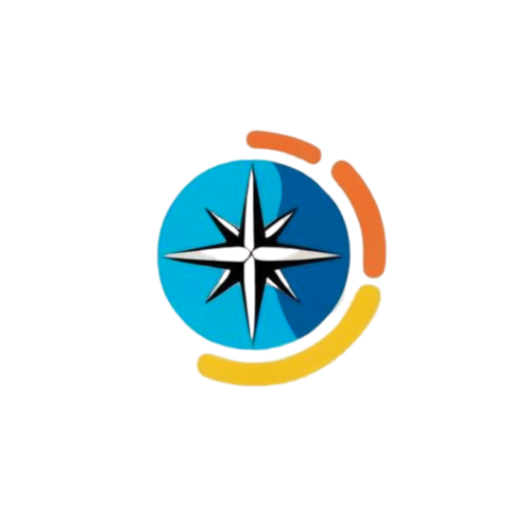Historical Timeline
3000 BCE (approx.) – Polynesians and Melanesians begin to settle the Fiji Islands
1643 (Sunday, May 17) – First European contact by Dutch explorer Abel Tasman
1774 (Friday, August 2) – Captain James Cook arrives in Fiji, marking the beginning of British and European interest
1874 (Saturday, October 10) – Fiji becomes a British colony after cession by the Fijian chiefs
1916 (Monday, August 14) – Severe flooding in the western parts of Fiji after heavy rains and tropical storms
1970 (Saturday, October 10) – Fiji gains independence from the United Kingdom
1987 (Thursday, May 14) – Military coups led by Lieutenant Colonel Sitiveni Rabuka, resulting in political instability
1999 (Saturday, May 15) – Fiji’s first democratically elected government (after the 1987 coup) is overthrown in a coup led by George Speight
2000 (Saturday, May 19) – Coup and hostage crisis in Suva, leading to the overthrow of Prime Minister Mahendra Chaudhry
2006 (Monday, December 5) – Military coup led by Frank Bainimarama, ousting the elected government
2014 (Monday, September 17) – Fiji holds its first democratic elections after nearly a decade of military rule
February 20, 2016 (Saturday) – Cyclone Winston: The strongest tropical cyclone ever recorded in the Southern Hemisphere strikes Fiji, causing widespread damage and killing at least 44 people
March 2018 (Friday) – Cyclone Josie causes flooding and infrastructure damage, especially in the Western Division
January 2020 (Monday) – Cyclone Sarai causes floods and landslides in parts of Fiji, displacing thousands
April 2021 (Wednesday) – COVID-19 pandemic impacts Fiji, leading to strict lockdowns and curfews as the tourism sector is severely affected
April 2022 (Monday) – Severe flooding in the western regions of Fiji due to heavy rains, leading to loss of crops and displacement
December 2022 (Tuesday) – Cyclone Yasa hits Fiji, causing coastal flooding, significant damage to infrastructure, and power outages
January 2023 (Thursday) – Flooding in Suva after heavy rainfall from Cyclone Cody, affecting thousands of people
General Information
Continent: Oceania (Pacific Islands)
Location: South Pacific Ocean, east of Vanuatu, west of Tonga, and north of New Zealand
Capital: Suva
Language: English (official), Fijian (official), Hindi (official)
Currency: Fijian Dollar (FJD)
Population: ~900,000 (last updated: April 2025)
Time Zone: Fiji Standard Time (FJT, UTC+12), Fiji Daylight Time (FJDT, UTC+13 during daylight saving time)
Topography
Borders: None (archipelagic nation)
Landscape: Coral reefs, volcanic islands, rugged mountains, tropical forests, beaches
Major Rivers: Rewa River, Sigatoka River, Ba River, Navua River
Major Mountains: Mount Tomanivi (highest), Mount Uluinabukelevu, Mount Victoria
Deserts: None
Lakes: Lake Tagimoucia (famous for its rare flower)
Volcanoes: Mount Tomanivi (inactive volcano), Monasavu Volcano (dormant)
Highest Point: Mount Tomanivi – 1,324 m (4,344 ft)
Lowest Point: Pacific Ocean – 0 m (sea level)
Climate: Tropical maritime climate with a warm, humid environment and a wet season from November to April
Geological Features: Volcanic origins, coral reefs, lagoons, tropical rainforest
Demography
Ethnic Groups: Indigenous Fijians (~57%), Indo-Fijians (~37%), others (including Europeans, Chinese, and Rotumans)
Religion: Christianity (predominantly Methodist, Catholic, and other Protestant denominations), Hinduism, Islam
Urban Population: ~53% (last updated: 2023)
Population Notes: The population is ethnically diverse, with a history of Indian migration during British colonial rule
Culture
Famous For: Traditional Fijian culture, Meke (dance), Kava drinking ceremonies
Cuisine: Kokoda (marinated fish), Lovo (pit-cooked food), Roti, Cassava, Taro, Tropical fruits
Arts: Traditional carving, weaving, dance (especially Meke and Fijian choral music), modern visual arts
Sports: Rugby (most popular sport), football (soccer), cricket, netball
Economy
Economy Type: Mixed economy with significant reliance on agriculture, tourism, and sugar production
GDP: Approx. $6.2 billion USD (last updated: 2024)
Major Industries: Sugar, tourism, clothing and textiles, timber, gold
Key Exports: Sugar, gold, garments, fish, timber
Unemployment Rate: ~9.2% (last updated: 2024)
Economic Regions: Agriculture-dominant in the interior and rural areas; tourism and manufacturing in the coastal regions
Government
Government Type: Parliamentary republic
Head of State: President Wiliame Katonivere (as of April 2025)
Head of Government: Prime Minister Sitiveni Rabuka (as of April 2025)
Legislature: Unicameral Parliament
Constitution: Adopted in 2013, establishing a republic and a parliamentary system
Travel Attractions
Suva: Capital city with markets, museums, and a vibrant cultural scene
Nadi: Gateway to Fiji’s beaches, resorts, and the famous Garden of the Sleeping Giant
Denarau Island: Luxurious resorts, golf courses, and water activities
Coral Coast: Pristine beaches, diving, and coral reefs
Mamanuca and Yasawa Islands: Popular island groups for tourism, known for crystal-clear waters, reefs, and white sandy beaches
